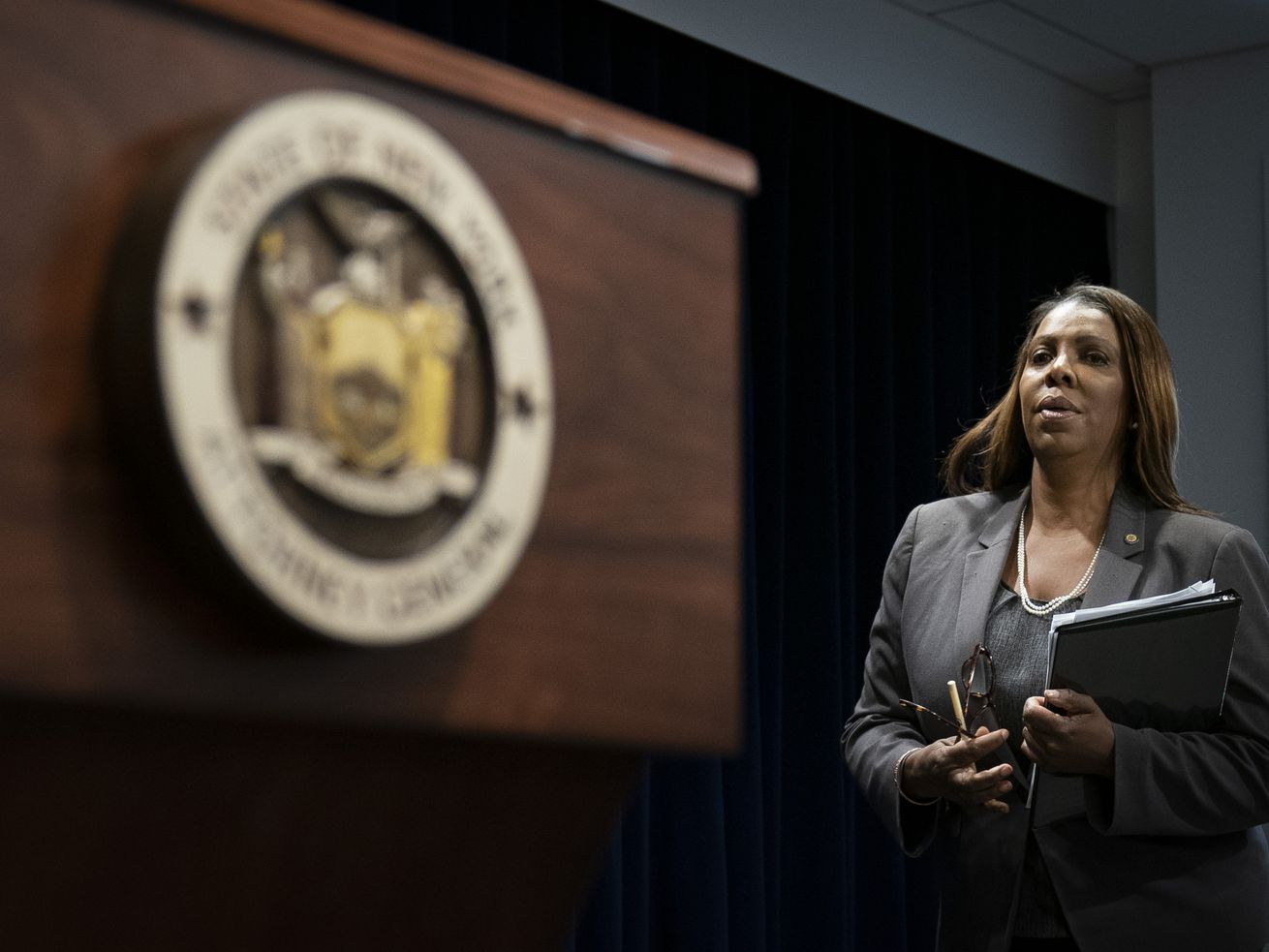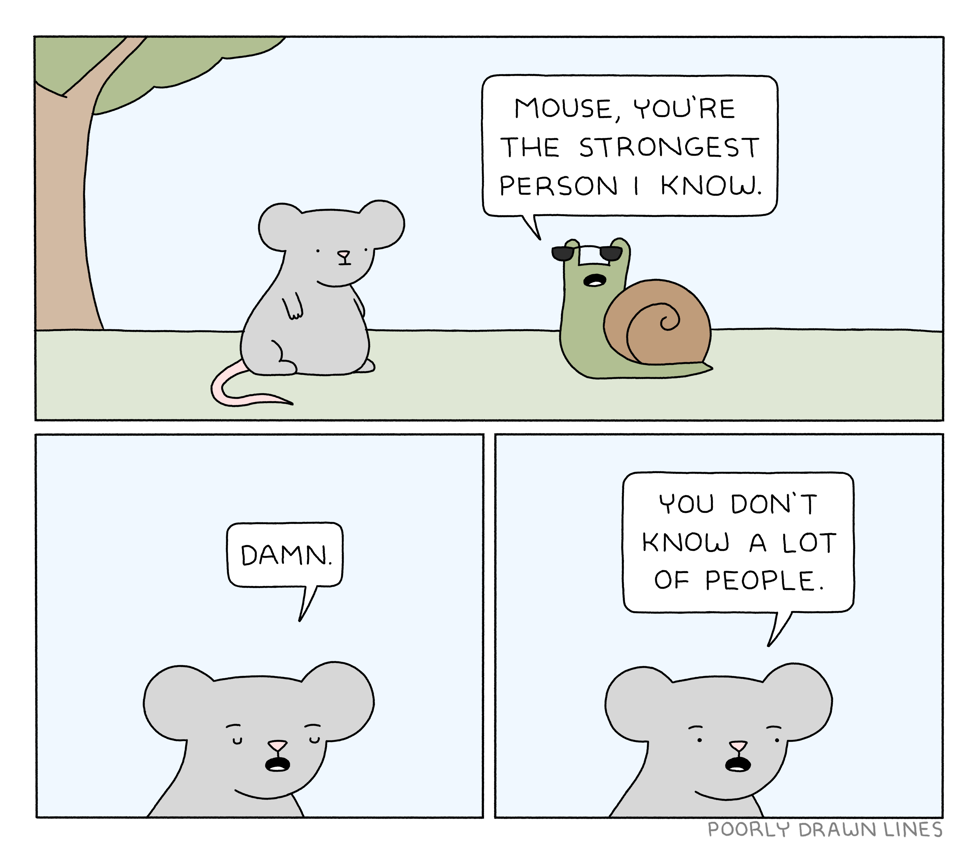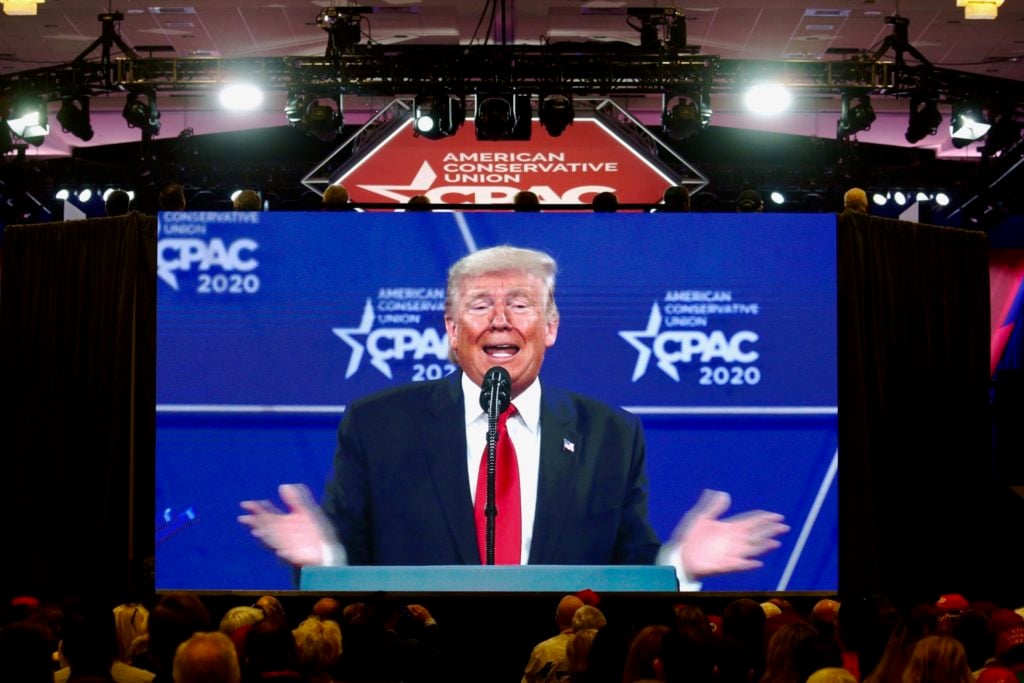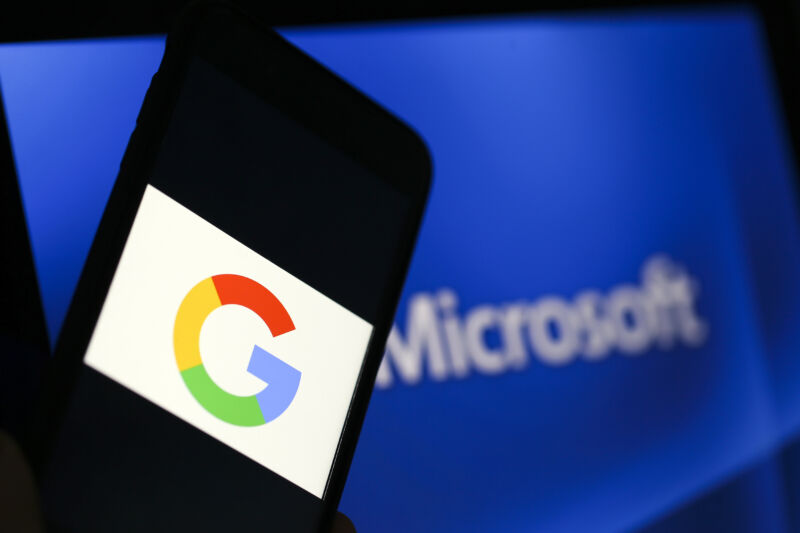One night in December of 2017, I saw Call Me by Your Name for the second time, alone, at the Alamo Drafthouse in a mall in Downtown Brooklyn. When I emerged from the theater after lingering for a moment to let my tears dry, I checked my phone. I had dozens of text messages—some from close friends, but many from old co-workers, classmates, and people I hadn’t spoken to in years. Most of them contained a link to a New Yorker short story. I recognized the photo that accompanied the piece because I’d idly flipped past it in the magazine earlier that day and remembered being a bit grossed out by the image: a close-up of two pairs of lips.
“Is this about you?” the text messages read. “Did you write this under a pen name? Did Charles?” My stomach dropped. Charles and I had broken up two years prior, and though we were still in touch on occasion, I’d distanced myself from the relationship. (I’ve chosen to use a pseudonym for him here.) Seeing his name in these messages was jarring. I shoved my phone in my pocket and made my way down the escalator and toward the A train. Once aboard, I clicked the link again and started reading.
Kristen Roupenian’s “Cat Person” is a fictional story that follows its protagonist, Margot, a college sophomore, as she navigates a relationship with an older man named Robert. They meet when he flirts with her at the local theater where she works concessions—he orders Red Vines—and they text for a while before going on a date. Throughout their time together, Margot vacillates between feeling disgusted by him and wanting more. Eventually, when they sleep together, Margot finds herself repulsed, creating an imaginary boyfriend in her head to laugh about the awful sex with later. In the following weeks, as she attempts to ghost him, Robert sends Margot texts that become increasingly aggressive, culminating in an encounter at a campus bar that leads him to text her: “Whore.”
“Cat Person” was published at the height of the #MeToo movement, at a time when many women were reassessing past relationships through a new lens, and it clearly resonated with readers. Roupenian’s story was the first work of short fiction to ever go viral; as the Guardian put it, “Cat Person” “sent the internet into meltdown.” Now it’s being made into a movie starring Nicholas Braun, who plays Cousin Greg on Succession. But for me, the experience of reading it was particularly uncanny. I remember that, as I scrolled, I had to sit down on the train instead of leaning against the door as usual because I needed the added stability.
Some of the most pivotal scenes—the sexual encounter and the hostile text messages—were unfamiliar to me. But the similarities to my own life were eerie: The protagonist was a girl from my small hometown who lived in the dorms at my college and worked at the art house theater where I’d worked and dated a man in his 30s, as I had. I recognized the man in the story, too. His appearance (tall, slightly overweight, with a tattoo on his shoulder). His attire (rabbit fur hat, vintage coat). His home (fairy lights over the porch, a large board game collection, framed posters). It was a vivid description of Charles. But that felt impossible. Could it be a wild coincidence? Or did Roupenian, a person I’d never met, somehow know about me?
I met Charles my senior year of high school at a burger restaurant in a strip mall. He was a server; I was a host. He was older than I was—I’d pegged him as in his late 20s. At the time, I was waiting to hear about my pending acceptance to the University of Michigan. Having recently returned to his home state after breaking off an engagement with a woman in Los Angeles, Charles was applying to work in the U of M biology labs.
Among a cast of 20-to-40-year-olds that included an Iraq war veteran and a waiter who unrelentingly tried to convince me to play Dungeons & Dragons, Charles stood out. I watched him scroll through Instagram—this was 2012, and he was the oldest person I’d ever seen use the app—and laughed when he successfully convinced the manager to let him print a goofy nickname on his nametag. We talked about climate change, the board games we played instead of making small talk with our families, and my cat, which happened to look like his roommate’s.
“Is this about you?” the text messages read, as the story was going viral. “Did you write this under a pen name?”
He wrote the names of songs on receipt paper and handed them to me between his trips to deliver burgers to tables. I stuffed them in my apron, then took them out when I got home, creating a playlist that began with Real Estate’s “Beach Comber.” He drew me a map to his favorite hole-in-the-wall taco place on the back of a “build your own burger” sheet. I taped it to my bedroom wall between my friends’ senior photos and drove there with a classmate after our AP calculus test. I asked him to buy me vodka from Target. Later, drunk with my friends for one of the first few times in my life, I texted him. We made Vine accounts at the same time, and I started recording six-second snippets of my life and imagined him watching them.
That spring, we went to see Baz Luhrmann’s The Great Gatsby at the multiplex. He didn’t have a car—for environmental reasons, he vowed to never own one—so I drove us there after our shift. We didn’t touch, but it was clearly a date. He started burning me CDs: Beach House, Panda Bear, Oasis. He borrowed Party Down on DVD for me from the library. Talking to Charles felt exciting, like a peek into my future. Finally, someone who cared about the things I was talking about. Finally, someone I could learn from.
“How old are you?” I asked him after we kissed for the first time. His answer, a hesitant “33,” didn’t scare me. I felt empowered by my ability to attract a fully formed adult and enticed by the forbidden nature of our potential relationship. I smiled and kissed him again.
Soon he got the lab job, left the restaurant, and moved into a house with a porch on Ann Arbor’s Old West Side, where, I learned, the cool grad students lived. At my college orientation, I imagined myself passing him on campus between classes, meeting up to share iced coffees on the steps of Angell Hall. By July, we were official.
“I’m on antidepressants,” he told me one day, avoiding eye contact. No one had ever told me they were on antidepressants before. We walked to the river and ate snacks from Trader Joe’s. “I am never this happy,” he said.
In August, I moved into a dorm with a friend from high school who didn’t approve of my relationship’s 15-year age gap. I rode the city bus to Charles’, where he read my essays and student newspaper op-eds while we drank Dark ’n’ Stormies. We painted the rooms of his house together. He picked out a bike for me, and we rode around town, falling in love. When he sent me a Craigslist post for a job at the local art house movie theater, I applied and was hired.
On his way home from work, Charles would wait in the box office line to drop off baked goods for me. After my shifts, I biked straight to his house. I made plans to rent an apartment with some girls from my econ class the following year, but they told me they’d changed their minds when they found out about my older boyfriend.
Every time I had to tell someone about Charles I got nervous—I assumed each potential new friendship would end the second they found out about us. Every few months we would ride the Amtrak to Chicago for a weekend in a city where no one would recognize us.
Out of a series of board game nights Charles organized at a local brewery, we began making friends together. One of them, David, moved in with him. For the seven months he lived there, we felt like a family. When he moved away, Charles and I adopted two cats from the humane society—Mochi and Apricot. We gave them each one of our last names. “I’m growing up too fast because I fell in love with you,” I wrote in my journal. “It scares me that I want to be with you forever.”
With Charles’ encouragement, I applied to a program to spend a semester studying in Detroit at the end of my sophomore year. Suddenly an hour away from Ann Arbor and unable to rely on Charles for constant guidance and validation, I began making friends my own age. When I returned, he accused me of all but forgetting he existed while I was gone. I couldn’t argue with him: I had finally found community, and I was happier than I’d been in years.
Our breakup was drawn out over months. Finally, in the summer of 2015, we called it quits and started seeing other people. He seemed bruised but understood. In any case, we never cut each other off entirely. When I graduated college, he left a book, bike socks, and a card in a bag on my porch. Before I moved to New York, I stopped by to see the cats one last time.
I wasn’t sure whether Roupenian would deny everything, or whether she’d answer me at all.
About half of “Cat Person” is a sex scene. In it, Roupenian depicts a type of bad sex that is easy for readers to relate to: not explicitly harmful or abusive but toeing the line of consent and leaving Margot feeling repulsed afterward. This is where the story diverges completely from my reality. Aside from the fact that, like Margot, it was my first time not having to sneak around in suburban basements to hook up, the latter half of “Cat Person” does not mirror my relationship with Charles. In Roupenian’s story, Margot laughs when Robert asks if she’s had sex before. The first time Charles and I hooked up, he was surprised when I told him I never had. In “Cat Person,” Margot is turned off by Robert’s aggression and embarrassed by his vulnerability. Roupenian spends a good portion of the story describing just how disgusting of a person he is. Of course, I know nothing about how Charles was with other women; I can only speak for myself. With me, at least, he was careful, patient, and gentle—it was the first time someone asked if they could kiss me instead of just doing it.
But so much of the central dynamic in the story rang true to me: Charles’ cryptic communication style; the way I had to work to impress him; the joke rapport we created between our cats early on—him sending a picture of his roommate’s cat captioned “watching u sleep,” and me responding with a picture of my family’s cat with a bird in its mouth captioned “brought u breakfast.” Roupenian even knew the location of our first date: the multiplex outside of town, Quality 16. In “Cat Person,” the characters didn’t touch during their first date, either.
After I read the story, I sent Charles the link. At that point, we weren’t in regular communication, but we still texted occasionally. “It seems like we’ve been stalked,” I joked. He texted me as he was reading:
“this is weird!”
“it is very disparaging to the guy, am I a slimeball”
I’d assured him that with me, he wasn’t. Eventually, he changed the subject. Later, I Googled Roupenian and discovered that she was getting her MFA in the University of Michigan’s English department; I was friendly with some grad students in her program and remember thinking that maybe one of them had found my relationship strange and mentioned it to her. Looking back, it’s hard to say why I never asked Charles whether he knew her. Maybe I didn’t really want to know. At that point, I was trying to avoid probing personal topics with him in order to distance myself. I was hoping not to encourage him to rely on me.
Three years later, I found out Charles had died via an Instagram DM from his mom that I opened at midnight on a Friday. It was November 2020—five years since we broke up, and five months since we last texted, when he’d been furloughed from his job due to COVID and I’d posted on Instagram that I was collecting money for Black Lives Matter–related orgs. “Something aggressive [fist emoji] not milquetoast neoliberal,” he labeled his Venmo to me. I texted him the receipt.
He passed away suddenly, his mom said. I spent that night lying awake and the next day in a trance. The following evening, I texted David—who had remained one of Charles’ closest friends—to ask if he’d heard from Charles’ family. When he said no, I called to break the news. (David is a pseudonym, too, at his request.) About an hour into a conversation full of attempts to articulate just how special Charles was, he brought up “Cat Person.” “He was always so upset that she brought you into it,” he said. I paused, taking in what this might mean. I’d spent the past three years trying to convince myself that it was just some crazy coincidence.
“Did Charles know her?” I asked. Yes, David told me. He did.
When I first got off the phone with David, I felt oddly giddy. In the midst of my grief, I realized for the first time that my suspicions had been true—I could finally say for sure that “Cat Person” was about me. As the night wore on, my chest tightened. Within hours, the strange thrill I’d felt was replaced by disgust, then anger. I imagined Roupenian scrolling through my social media accounts, gathering details about me. I felt invaded.
By the time I went to bed, I was brainstorming ways of getting in contact with Roupenian. I wanted to yell at her. But when I tried to imagine what I actually wanted to say, I wasn’t sure.
When asked in interviews what inspired “Cat Person,” Roupenian has said it came out of an experience she had in her mid-30s with a man she met online. But she’s also insisted, repeatedly, on its fictionality. “It’s not autobiographical; though many of the details and emotional notes come from life,” she told the New York Times. The story feels so intimate and naturalistic that it’s easy to see why Roupenian has wanted to draw a line here, especially given how quick many readers have been to assume that the plot is taken from her life.
“Cat Person,” and the cultural reception to it, feels connected to the broader literary debate over “autofiction”—writing that, in its raw and confessional style, seems to blur the boundaries between the real and the invented. Susan Choi’s 2019 bestseller Trust Exercise was partly a coming-of-age story about a performing arts high school and partly a pointed commentary on the idea of autofiction itself: specifically, on the question of “who owns a story,” as Katy Waldman put it a New Yorker essay. In a recent New York Times Book Review essay titled “Our Autofiction Fixation,” novelist Jessica Winter writes about the confidence with which strangers assume that her fiction describes her own life. “The expectation that fiction is autobiographical is understandable for the simple reason that so much of it is,” she writes. But she adds: “There is something backhanded about using authors’ personal statements as a Captcha tool for verifying the emotional resonance of their work.” Female authors tend to attract these assumptions from readers with special frequency. It’s clear that Roupenian knows this firsthand.
I felt angry that someone who knows what it’s like to watch your readers misconstrue fiction as autobiography had dragged others into that discomfort.
I’ve wondered a lot about the line between fiction and nonfiction, and what license is actually bestowed by the act of labeling something as fiction. I’ve asked myself why Roupenian might have chosen not to change even a few key details about me and Charles—my workplace, my hometown, his appearance, the location of our first date. At times I’ve convinced myself that she wanted us to know it was about us. But then I remind myself that when she wrote “Cat Person,” she was still in her MFA program. No one knew her name. Submitting a story to the New Yorker was a long shot, and a piece of literary short fiction had never gone viral in this way.
It wasn’t until six months after Charles’ death that I finally gained the courage to email Roupenian. I wasn’t sure whether she’d deny everything, or whether she’d be angry, or whether she’d answer me at all. From what I understood from David, she and Charles hadn’t kept in touch, so I assumed she didn’t know about his death. After my editor reached out first, letting her know about this essay, I wrote a brief message asking if she’d be willing to talk on the phone. She replied to say that she wanted to take some time to think and would reach out again soon. Then came a longer note.
“Dear Alexis,” she began. “I’ve spent the past several days struggling with the question of how to balance what is right for me with what I owe you.”
When I was living in Ann Arbor, I had an encounter with a man. I later learned, from social media, that this man previously had a much younger girlfriend. I also learned a handful of facts about her: that she worked in a movie theater, that she was from a town adjacent to Ann Arbor, and that she was an undergrad at the same school I attended as a grad student. Using those facts as a jumping-off point, I then wrote a story that was primarily a work of the imagination, but which also drew on my own personal experiences, both past and present. In retrospect, I was wrong not to go back and remove those biographical details, especially the name of the town. Not doing so was careless.
She went on to emphasize that she’d never had access to any information about my personal life beyond that. She clarified that she didn’t think it was fair to characterize the character of Margot as fully based on me. But she continued:
I can absolutely see why the inclusion of those details in the story would cause you significant pain and confusion, and I can’t tell you how sorry I am about that. I hope it goes without saying that was never my intention, and I will do what I can to rectify any harm it caused. I was not prepared for the amount of attention the story received, and I have not always known how to handle the consequences of it, both for myself and other people. … It has always been important for my own well-being to draw a bright line, in public, between my personal life and my fiction. This is a matter not only of privacy but of personal safety. When “Cat Person” came out, I was the target of an immense amount of anger on the part of male readers who felt that the character of Robert had been treated unfairly. I have always felt that my insistence that the story was entirely fiction, and that I was not accusing any real-life individual of behaving badly, was all that stood between me and an outpouring of not only rage but potentially violence.
It took me a few days to fully process what she’d written. I appreciated that she was sorry. I could understand how unprepared and overwhelmed she felt by just how much attention “Cat Person” received. But I was also frustrated. I could sense in her email that she hoped I might feel guilty about potentially encouraging the misdirected rage of her male readers. And I was angry, still—that someone who knows so intensely about what it’s like to watch your readers misconstrue fiction as autobiography would have dragged others, without their knowledge, into that discomfort.
More than anything, it shocked me to see that Roupenian also felt nervous. Reading her note, I realized for the first time that I wasn’t as helpless in all of this as I’d thought. I’d spent the past several months feeling, frankly, too scared—of her fame and her story’s dedicated fan base—to consider speaking publicly about my own experience. But it turned out she was struggling, too. (After she emailed, I reached out to her again to tell her that Charles had died, since I wanted to make sure she didn’t learn it from reading this essay; Roupenian asked to keep that phone conversation off the record.)
We are all unreliable narrators. Sometimes, to my own disappointment, I find myself inclined to trust Roupenian over myself. Had Charles actually been pathetic and exploitative, and I simply hadn’t understood it because I, like Margot, was young and naïve? Had he become vengeful and possessive after we broke up, but I’d just blocked it out in order to move on with my life? The story is so confident and sure, helping the reader to see things Margot herself does not. In December, David told me that Charles kept his old iPhone even after he got a new one so that he could look back at his old messages with Kristen from time to time to see whether he had actually been an asshole. Sometimes it feels easier to believe the story that everyone knows than the one they don’t.
I’m not sure how Roupenian gleaned so much information from social media alone, nor am I sure whether Charles told her anything about me, but she got a lot of things right. She captured the way Charles winced when made fun of, the way he couldn’t stand being laughed at. How sensitive he was. The way we both worried the other was ashamed of the relationship, and how we avoided places where I might run into classmates and ended up running into my TAs instead. She guessed correctly at the way I was intimidated by my colleagues at the Michigan Theater, afraid I wasn’t smart enough to express my opinions to them. She repeatedly mentioned the dining hall and dorms (things Charles and I pretended weren’t central to my life) in order to emphasize the age difference. Most importantly, she got that the power dynamic went both ways: Charles was my point of access to an entirely new world of culture and an escape from a life where I didn’t fit in, but with my youth—the way I had my whole life ahead of me—I held power over him, too.
My relationship with Charles was full of shame brought on by people who assumed the worst—a predatory man asserting his power over an innocent girl. But those who knew Charles well knew how respectful and caring he could be. On a Zoom memorial following his death, half a dozen people around the country said something to the effect of “I was in a dark place, then Charles said, ‘Hey, come live with me,’ and it turned things around.” Despite his social anxieties and insecurities, the Charles I knew made space for people. He was most in his element when showing someone new around town, or patiently teaching a group how to play a board game, having studied the rules in advance.
What’s difficult about having your relationship rewritten and memorialized in the most viral short story of all time is the sensation that millions of people now know that relationship as described by a stranger. Meanwhile, I’m alone with my memories of what really happened—just like any death leaves you burdened with the responsibility of holding onto the parts of a person that only you knew.




/cdn.vox-cdn.com/uploads/chorus_asset/file/22695898/inflation_3_edits_2_01.png) Rani Molla
Rani Molla











/cdn.vox-cdn.com/uploads/chorus_asset/file/22692638/GettyImages_1040080752t.jpg) Mark Makela/Getty Images
Mark Makela/Getty Images
/cdn.vox-cdn.com/uploads/chorus_asset/file/22692649/GettyImages_1039263032t.jpg) David Maialetti/Pool/AFP via Getty Images
David Maialetti/Pool/AFP via Getty Images
/cdn.vox-cdn.com/uploads/chorus_asset/file/22692656/GettyImages_696696202t.jpg) Lucas Jackson-Pool/Getty Images
Lucas Jackson-Pool/Getty Images
